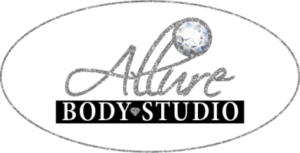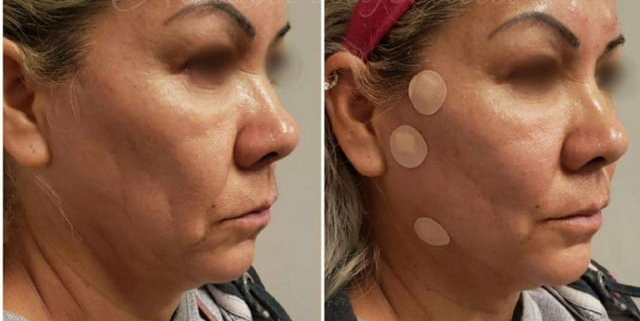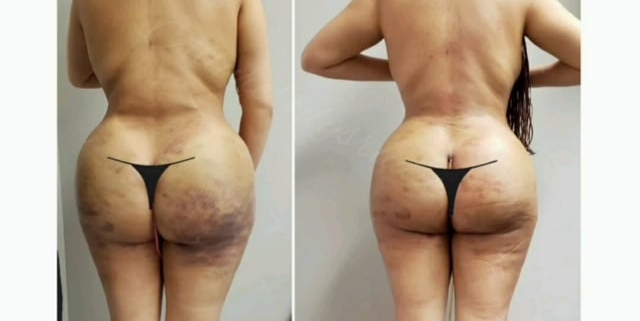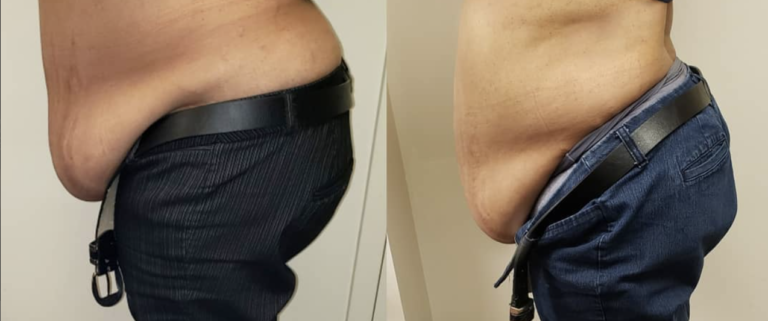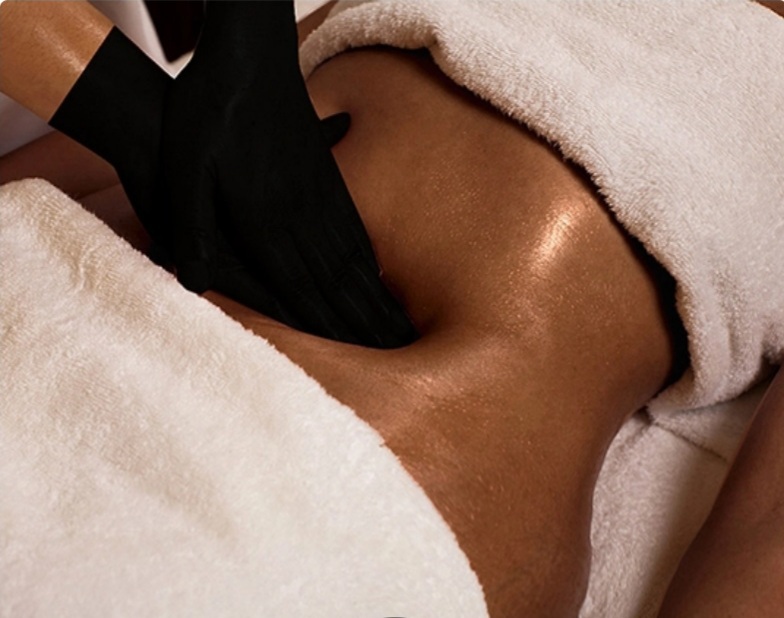Introduction:
In the quest for everlasting youth and beauty, various cosmetic treatments have emerged as go-to solutions. Among them, Sculptra, Botox, and dermal fillers have gained significant popularity. These treatments offer non-invasive options to enhance and rejuvenate the skin, addressing common concerns like wrinkles, volume loss, and sagging. In this blog, we will explore the benefits, differences, and considerations associated with Sculptra, Botox, and dermal fillers, helping you make informed decisions about your own aesthetic journey.
Sculptra: The Collagen-Boosting Wonder
Sculptra is a unique cosmetic treatment designed to stimulate collagen production in the skin, resulting in a gradual, natural-looking improvement. We’ll delve into the mechanism of action behind Sculptra, its primary uses, and what to expect during the treatment process. Moreover, we’ll discuss the longevity of Sculptra results and how it compares to other treatments.
Botox: Smoothing Out Wrinkles, One Injection at a Time
Botox has become a household name when it comes to cosmetic procedures. We’ll explain how Botox works, its effectiveness in reducing wrinkles and fine lines, and the areas of the face commonly treated with Botox injections. Safety considerations and common misconceptions surrounding Botox will also be addressed to provide a well-rounded understanding.
Dermal Fillers: Restoring Volume and Enhancing Features
Dermal fillers offer a versatile solution for restoring lost volume and enhancing facial features. We’ll explore the different types of dermal fillers available, including hyaluronic acid-based fillers, collagen stimulators, and autologous fat transfers. We’ll discuss how dermal fillers can be used to address specific concerns like lip augmentation, cheek enhancement, and under-eye hollows.
Choosing the Right Treatment for You
With multiple options available, it can be challenging to determine which treatment is best suited for your specific goals and needs. We’ll provide insights into factors to consider when choosing between Sculptra, Botox, and dermal fillers, such as the desired outcome, treatment areas, expected results, and potential side effects. By understanding these factors, you’ll be empowered to make an informed decision in consultation with a qualified professional.
Combining Treatments: The Synergy of Sculptra, Botox, and Dermal Fillers
Many individuals find that combining Sculptra, Botox, and dermal fillers can produce optimal results. We’ll discuss the synergistic effects of these treatments and how they complement each other in addressing multiple signs of aging. Aesthetic experts often recommend a personalized treatment plan that combines these techniques to achieve a more comprehensive and natural-looking outcome.
Conclusion:
Sculptra, Botox, and dermal fillers have revolutionized the field of aesthetic medicine, providing accessible and effective solutions for facial rejuvenation. By understanding the unique benefits and considerations associated with each treatment, you can embark on your journey towards youthful, radiant skin. Remember, it’s crucial to consult with a qualified professional who can guide you through the process, tailor the treatments to your needs, and ensure your safety and satisfaction every step of the way.
